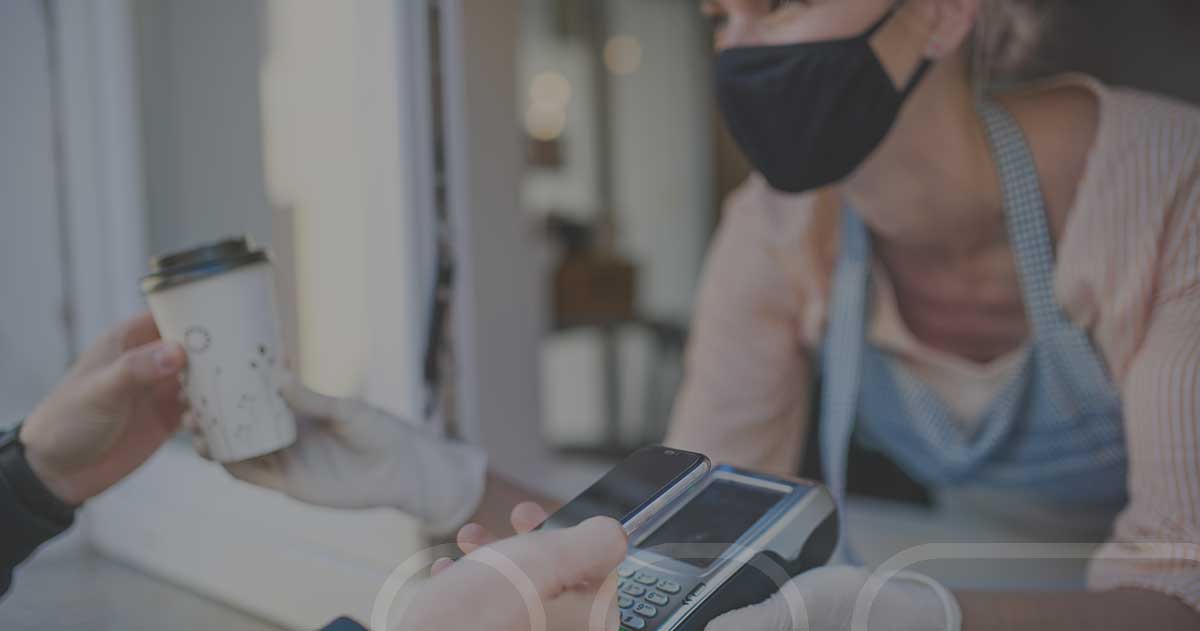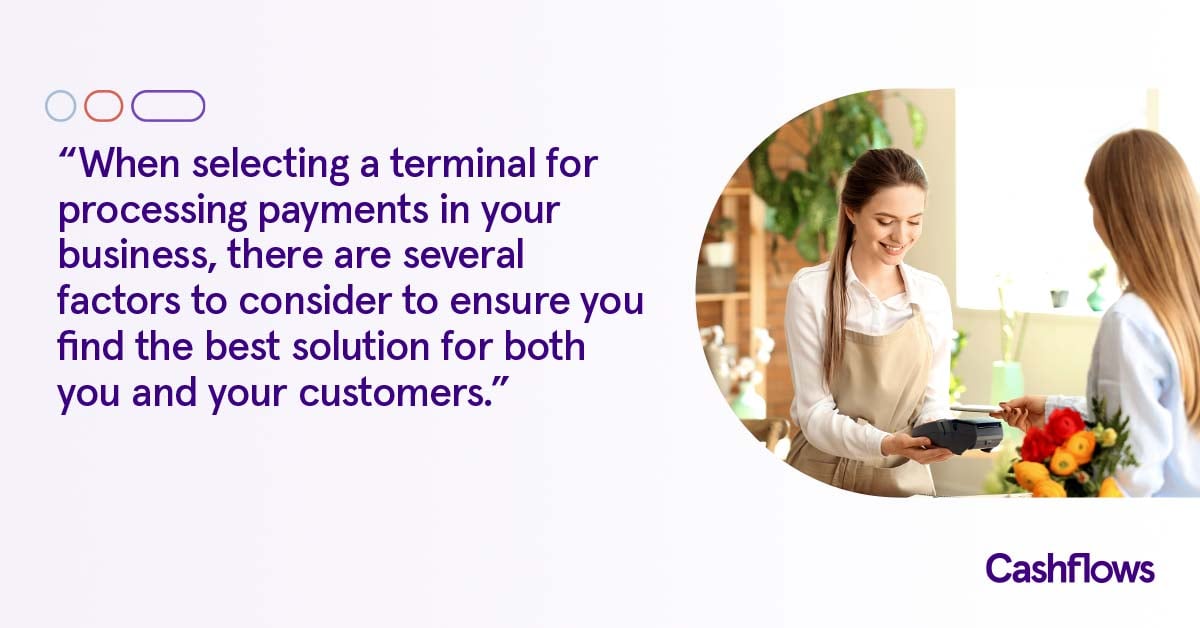Savers as spenders?
Brits saved £23 billion in the last quarter. The French squirrelled away more than €60 billion since the country’s lockdown began. The Spanish put aside €10 billion in March, four times their usual nest egg.[1] But will all this saving combined with pent-up demand see customers spend, spend, spend?
Businesses may find that being allowed to go out and spend is less important than feeling confident to do so. While 57% of the richest fifth of families in the UK had reduced their spending since the Coronavirus crisis began, only 30% of the poorest fifth of households had. The latter were almost as likely to have increased spending during the crisis (27%) as reduced it, reports the Resolution Foundation.[2]
Coronavirus has had a financially polarising effect. Some have managed to save. Others have struggled. For businesses, this means understanding the different reasons behind buying behaviour. Even popular promotions, such as BOGOFFs (buy one get one for free) and 3-for-2s only apply to those who can afford them.
Fewer, larger in-person shopping trips
Fear of a second wave of Coronavirus infection may keep customers away from physical stores. For retailers, this could mean lower footfall but higher average ticket values as customers continue to be stock-up rather than top-up shoppers.
The new norm may be a return to the old norm of the weekly or monthly food shop. This may be done online yet collected in-store. For grocers, this could mean expanding their ability to handle click-and-collect orders, reconfiguring stores, offering more home delivery slots and hiring additional staff.
Online convenience
The convenience of having online purchases delivered to the door really came into its own during lockdown. Particularly with someone at home all day to receive deliveries. However, online shopping is convenient until it becomes inconvenient.
The last-mile delivery problem will remain when furlough and homeworking reduce. For e-tailers, this means exploring click-and-collect options in their own stores, in other stores, corner shops and parcel lockers.
Subscription fixation
From movies, music and meal kits to razor blades and vitamins, set-and-forget subscriptions are a hard habit to break. The e-commerce subscription market has grown by more than 100% a year over the past five years, according to McKinsey research. 15% of online shoppers have signed up for one or more subscriptions to receive products regularly, frequently through monthly boxes.[3]
For regular payments businesses, this means always having the most up-to-date billing details. Cashflows’ Account Updater is a timely, efficient and cost-effective solution to decrease declines and boost revenue. You make a payment request, we update the card information from Visa and Mastercard, then make a request to the customer’s bank. No bother.
The rise of digital payments
Cash withdrawals were down 60% during lockdown according to LINK data. Three-quarters of people said they thought that Coronavirus would affect their future use of cash over the next six months. Half said they would use cards more. Around a third said that they would shop more online, and use ATMs less frequently.[4]
Digital payments rose during lockdown due to the increase in contactless limits, hygiene fears around cash and difficulties in accessing cash while self-isolating or shielding. Yet this is part of a bigger trend. Card payments already accounted for over half of all payments in the UK for the first time in 2019, says UK Finance. Debit cards were the most used payment method with 17 billion payments, of which seven billion were contactless.[5]
Taking digital payments can help businesses maximise sales across multiple sales channels post-Covid. Whether that’s cards, UK direct debit, Faster Payments or various local payment methods, such as iDEAL in the Netherlands, letting your customers pay the way they want helps businesses close sales.
For more information
To find out more about payment acceptance with Cashflows, contact us today.
[1] ‘Rainy day savings’, Financial Times, 27 May 2020
[2] ‘Two-in-five high-income families have experience household budget improvements during the crisis, compared to one-in-eight low-income households’, Resolution Foundation press release, 9 June 2020, https://www.resolutionfoundation.org/press-releases/two-in-five-high-income-families-have-experienced-household-budget-improvements-during-the-crisis-compared-to-one-in-eight-low-income-households/
[3] ‘Thinking inside the subscription box: new research on e-commerce consumers’, McKinsey, 9 February 2018, https://www.mckinsey.com/industries/technology-media-and-telecommunications/our-insights/thinking-inside-the-subscription-box-new-research-on-ecommerce-consumers
[4] ‘Coronavirus crisis means cash use down but UK still withdrawing £1 billion from ATMs each week’, LINK press release, 28 April 2020, https://www.link.co.uk/about/news/coronavirus-cash-usage-data/
[5] ‘Cards used for half of payments for the first time last year’, UK Finance press release, 3 June 2020, https://www.ukfinance.org.uk/press/press-releases/cards-used-half-payments-first-time-last-year


